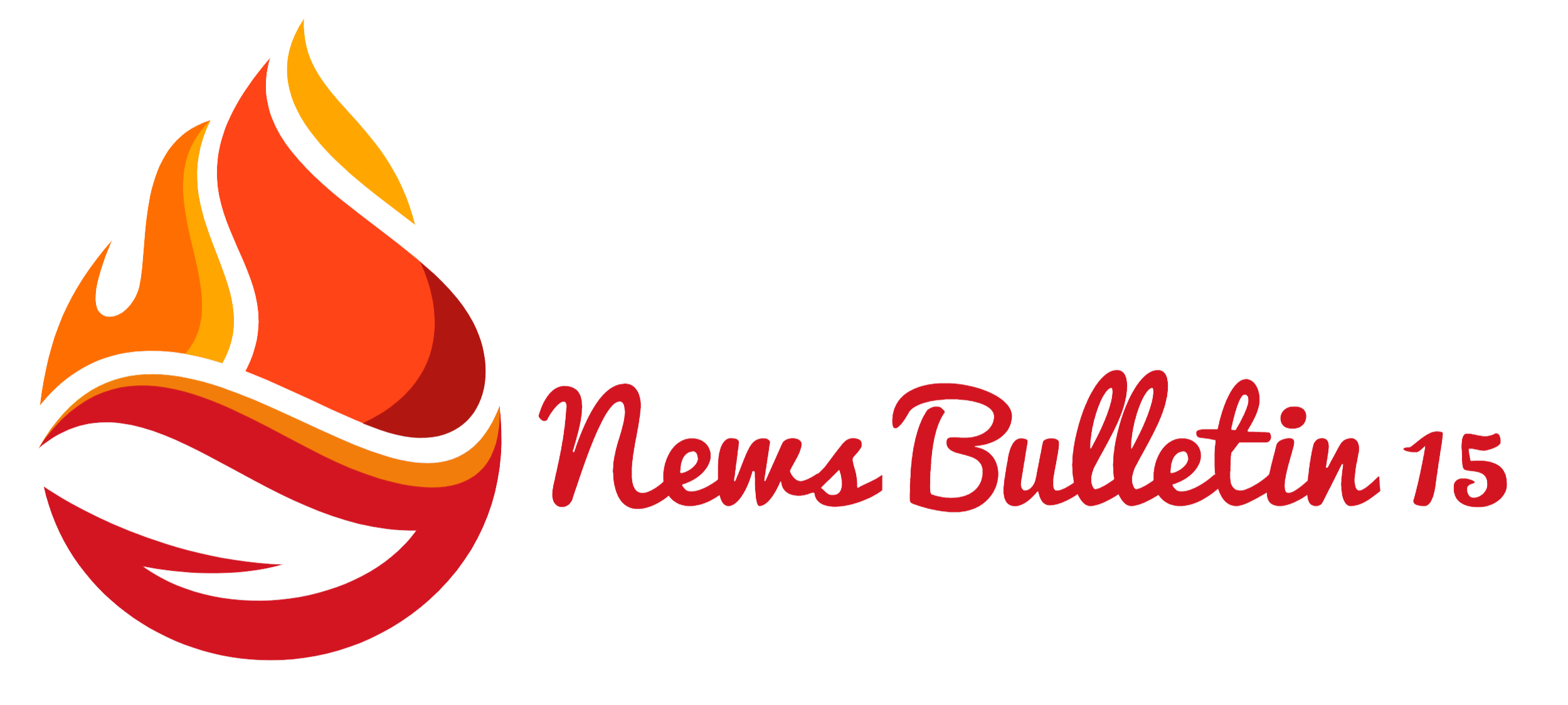Understanding the October Jobs Report: A Closer Look at the US Economy
Table of Contents
The latest jobs report for October has been released, providing crucial insights into the health of the US economy. As economists and policymakers analyze the data, it’s important to understand what these numbers mean for businesses, workers, and the overall economic landscape.
Key Highlights of the October Jobs Report
The October jobs report revealed several noteworthy trends:
- Nonfarm payrolls increased by 150,000
- Unemployment rate rose slightly to 3.9%
- Average hourly earnings grew by 0.2% month-over-month
- Labor force participation rate remained steady at 62.7%
Analyzing the Numbers
Job Growth Slowing Down
The addition of 150,000 jobs in October indicates a slowdown in job growth compared to previous months. This deceleration could be a sign of a cooling labor market, which may be viewed positively by the Federal Reserve in its efforts to control inflation.
Unemployment Rate Ticks Up
The slight increase in the unemployment rate to 3.9% is worth noting. While still historically low, this uptick could suggest that the job market is becoming more balanced, potentially easing wage pressures.
Wage Growth Moderation
The 0.2% increase in average hourly earnings represents a moderation in wage growth. This trend aligns with the Federal Reserve’s goal of tempering inflation without causing significant economic disruption.
Implications for the Economy
Federal Reserve Policy
The October jobs report may influence the Federal Reserve’s decision-making regarding interest rates. With signs of a cooling labor market, the Fed might be more inclined to maintain current rates or even consider future cuts if the trend continues.
Business Outlook
For businesses, the slowing job growth could indicate a more favorable hiring environment with potentially less competition for talent. However, it may also signal a need for caution in expansion plans.
Worker Perspectives
From a worker’s standpoint, the slight increase in unemployment and moderation in wage growth might suggest a shift in the job market dynamics. While opportunities remain abundant, the bargaining power may be slowly tilting back towards employers.
Sector-Specific Trends
Different sectors of the economy showed varying performance in job creation:
- Healthcare continued to show strong growth
- Manufacturing saw modest gains
- Retail and hospitality sectors experienced mixed results
Understanding these sector-specific trends is crucial for businesses and job seekers alike in navigating the current economic landscape.
Looking Ahead: Economic Indicators to Watch
As we move forward, several economic indicators will be crucial to monitor:
- Consumer Price Index (CPI) for inflation trends
- Gross Domestic Product (GDP) growth rates
- Consumer spending patterns
- Business investment levels
These indicators, along with future jobs reports, will provide a comprehensive picture of the economy’s direction. For businesses looking to stay ahead of economic trends, leveraging automation tools can be invaluable. Automation platforms can help streamline operations and improve efficiency in response to changing economic conditions.
Conclusion: A Balanced Perspective
The October jobs report paints a picture of an economy in transition. While job growth is slowing, the overall labor market remains robust. This balanced scenario provides opportunities for both employers and employees to adjust their strategies in a changing economic landscape.
As we continue to navigate these economic shifts, staying informed and adaptable will be key to success. Whether you’re a business owner, job seeker, or policymaker, understanding these trends and their implications is crucial for making informed decisions in the months ahead.




